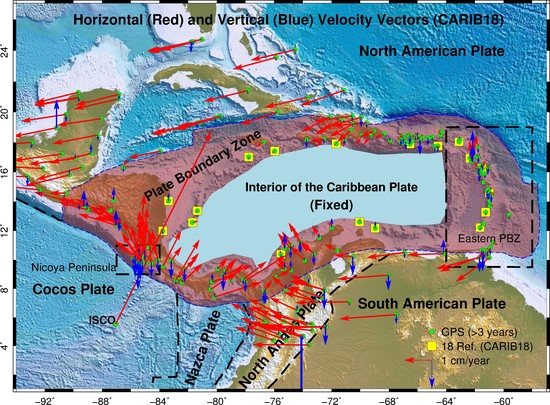

A calculation method of the moment tensor analysis applied in tunnels has been proposed by Ming, Feng, Chen, and Zhang (2013), and the related calculation process is presented by Xiao, Feng, Li, Feng, and Yu (2016) in detail. Different types of material fracturing exist, and the energy ratio characteristics of elastic waves released by fracturing are also different (see Table 6.2.1).

Yuyama, Li, Ito, and Arazoe (1999) has used MTI extensively to study the fracture mechanics of concrete beams reinforced with FRP sheets and reinforced concrete column foundations.īased on microseismicity, the methods of the energy ratio, the moment tensor analysis, and P-wave development are extensively used to identify the types of rock mass fracturing.
#Microseismic mti percent volumetrix code#
He applied a relative MTI code developed by Dahm (1996) that computes source mechanisms of clusters of events. Grosse has done remarkable work on the quantitative analysis of AE from concrete elements using the MTI technique. Ever since his leading work, the MTI technique has been the subject of increasing interest in the field of materials science, especially in concrete mechanics, and has been applied by many other authors for the analysis and the study of different types of fractures and cracking mechanisms. He developed an MTI-based code called SiGMA (Simplified Green's functions for moment tensor analysis), which he used to study cracking mechanisms in concrete at the mesoscale. Ohtsu (1991) successfully adapted the MTI technique for concrete mechanics.

The method was pioneered by Dziewonski and Gilbert (1974), further developed by Aki and Richards (1980), and is now routinely applied by seismologists to study earthquake source mechanisms.
#Microseismic mti percent volumetrix full#
The MTI method is a well-established quantitative seismological technique that has shown great potential for providing a full understanding of the fault mechanisms in seismology (e.g., Gibowicz & Kijko, 1994). Linzer, in Acoustic Emission and Related Non-Destructive Evaluation Techniques in the Fracture Mechanics of Concrete (Second Edition), 2015 5.4.1 Introduction and background


 0 kommentar(er)
0 kommentar(er)
